Functional, elegant, durable, and economical.
Recently, at the seminar "The Life and Career of Painter Trinh Huu Ngoc - A Special Legacy of Indochinese Fine Arts," attendees heard stories about his life, career, and especially his design philosophies, which created a unique legacy for Indochinese fine arts.
In 1938, artist Trinh Huu Ngoc opened the MÉMO 47 carpentry workshop at 47 Hang Dau Street with the hope that "those who use our products will remember them forever." From then on, MÉMO 47's wooden furniture became a famous brand at the time. Just over a year after its establishment, the MÉMO workshop won a Silver Medal at the Indochina Exhibition in 1938-1939. MÉMO's wooden furniture was trusted by many, from art connoisseurs to the Governor-General of Indochina. Later, the workshop was also entrusted with many important interior design projects in the city hall and government offices after 1954, when the Central Committee of the Party decided to move from the Viet Bac war zone back to the capital.
His success didn't come from extravagance or luxury, but from a design philosophy that connected beauty with life. As the country embarked on the construction of socialism, his designs also reflected the spirit of the new era. He believed that being a decent person meant living according to the perspective of a working person: "In the past, people valued extravagance, uniqueness, and beauty. Today, speed, quantity, quality, affordability, and accessibility to the general public are what matter," and "Furniture should prioritize 'function, elegance, durability, and economy'." Therefore, according to him, it was necessary to eliminate old habits in shopping and home decoration, such as: displaying goods to show off wealth; decorating in a hybrid style; prioritizing accessories over essential items; confusing beauty with extravagance, economic capability with creativity; confusing simplicity with sloppiness; and using old wine in new bottles.
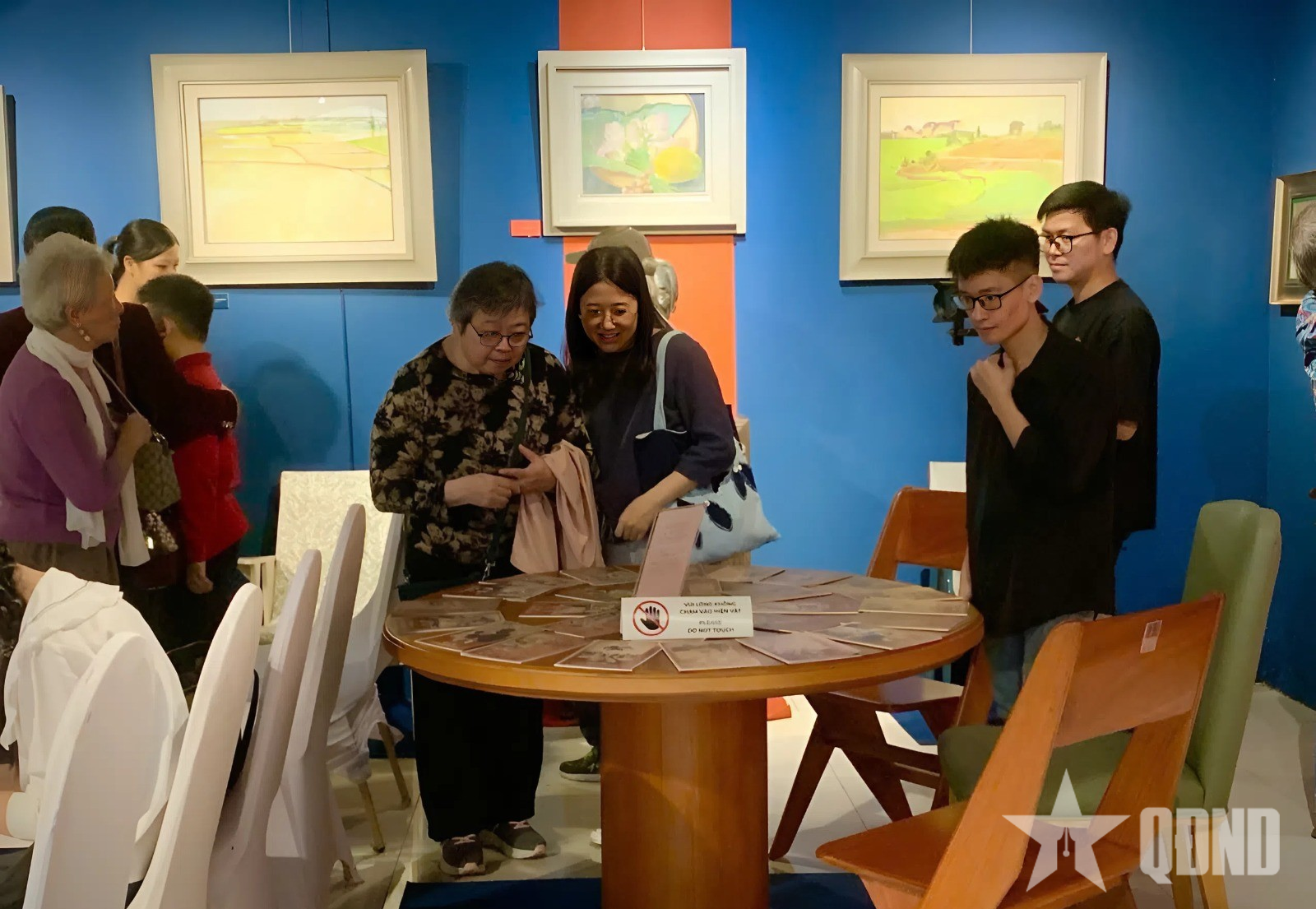 |
| Visitors viewing the exhibits at the seminar. Photo: LE NA |
According to artist Trinh Huu Ngoc, beauty requires minimal effort and wood, meeting the needs of use without excess or deficiency; it must be mass-produced while maintaining aesthetic appeal. Furthermore, those in the profession must transcend outdated and irrational approaches to embrace new and rational ones, avoiding conservatism, rigid adherence to formulas, or rigid patterns. With a simple yet profound aesthetic concept, he has shaped a timeless design philosophy where beauty lies not in ostentation, but in the harmony between functionality, aesthetics, and the personality of the creator.
Most importantly, learn to be a kind person.
This philosophy not only shaped the design style of artist Trinh Huu Ngoc but also reflected his perspective on life and interpersonal relationships: a sense of hierarchy, respect for elders and superiors, simplicity and sincerity. Despite enduring many hardships from childhood, he always maintained an optimistic and positive outlook on life. Between 1964 and 1967, when Hanoi was ravaged by bombs and bullets, his house was destroyed, and many paintings, books, and belongings were severely damaged. However, instead of complaining, he and his son, artist Trinh Lu, salvaged what remained to rebuild. He believed that the universe began from nothing, and one should use what one has. Even in adversity, he found the beauty of life, a simple yet profound beauty that became the foundation of his worldview.
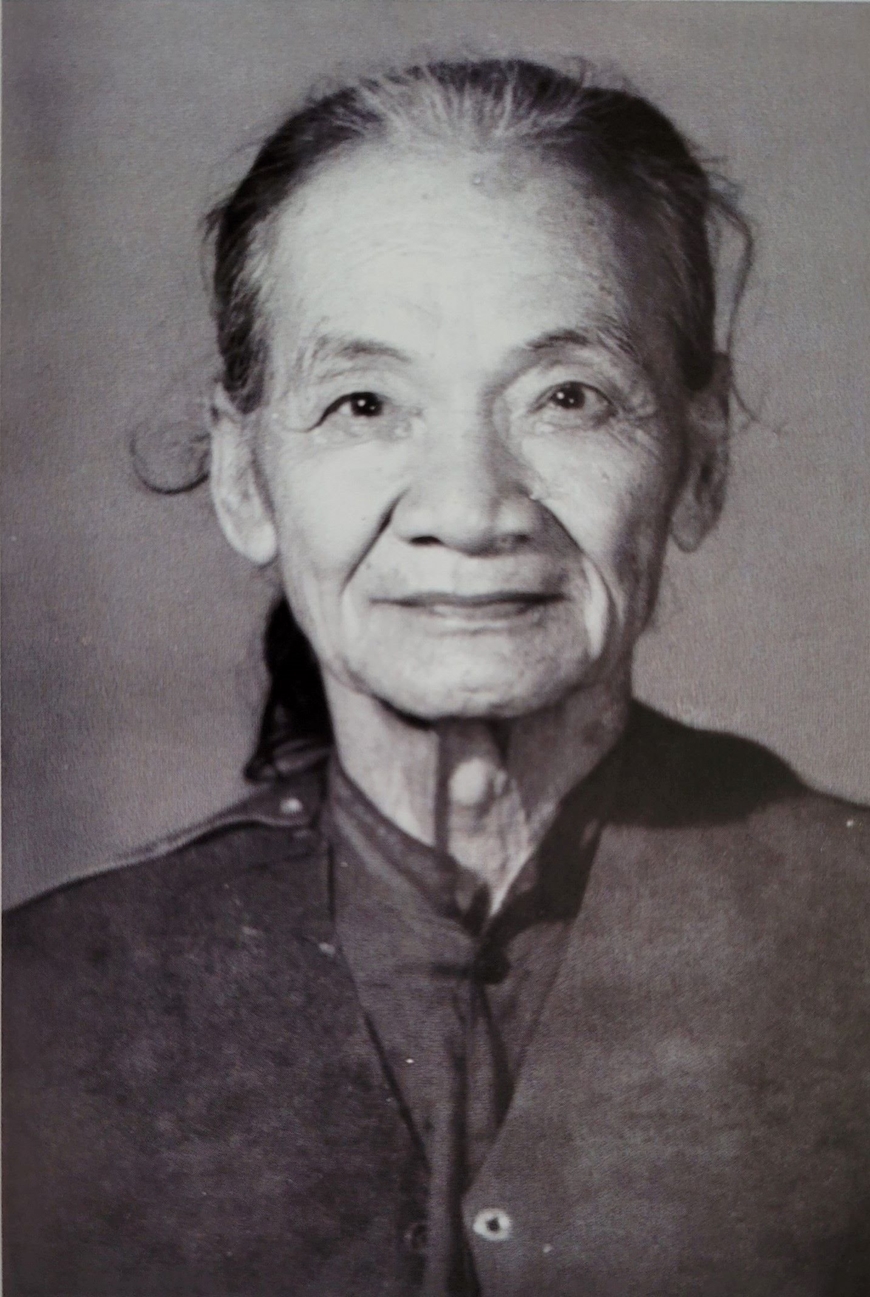 |
| Portrait of artist Trinh Huu Ngoc. |
According to artist Trinh Lu, his father's way of raising his children was through hard work: "The house we lived in back then, my father built it like a workshop, without a luxurious living room or fully furnished bedrooms. My sisters and I also learned all sorts of things, from woodworking and painting to weaving." Despite the family's wealth, he always taught his children to live simply, value hard work, and create their own value.
Among his friends, he was a man of integrity and sincerity. He once confided to his son that if he weren't genuine and sincere, no one would want to befriend him. Throughout his life, he befriended many prominent artists, intellectuals, and revolutionaries such as Hoang Dao Thuy, Nguyen Huy Tuong, Quang Dung, Nhu The Bao, and Tran Duy Hung… Sharing his thoughts at the seminar, painter Ta Trong Tri, son of painter Ta Thuc Binh, a close friend of Mr. Ngoc, expressed his deep gratitude for the special affection the late painter had shown his family.
For his students, he not only taught them how to draw and make beautiful furniture, but more importantly, he taught them how to be decent people, to appreciate hard work, and to live with compassion and integrity.
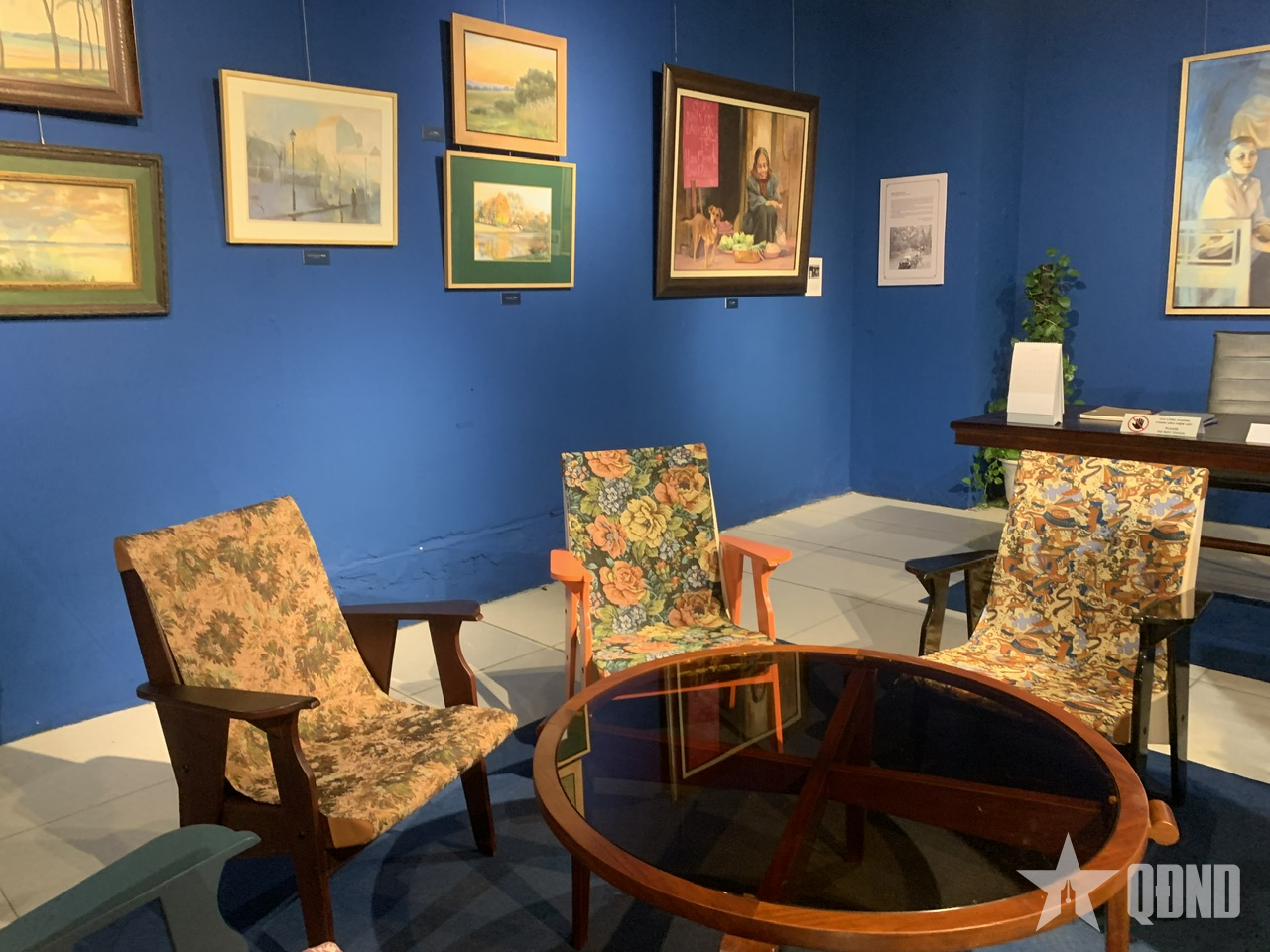 |
Interior design products by artist Trinh Huu Ngoc are on display at V ArtSpace. Photo: LE NA |
Having dedicated his life to art, painter Trinh Huu Ngoc has always expressed profound gratitude to his mentors and to President Ho Chi Minh – the first person to recognize his talent. At his only exhibition, amidst countless other works, images of painter Victor Tardieu, painter Nam Son, and President Ho Chi Minh appeared. Trinh Huu Ngoc explained: “I became a painter thanks to my two teachers, Tardieu and Nam Son, while President Ho Chi Minh was the one who accepted me as a painter.” This was also the first time in Vietnam that a former student of the Indochina Fine Arts School publicly expressed gratitude to two masters who played an extremely important role in the history of Vietnamese art.
For him, design is not just the art of shapes and lines, but also the art of lifestyle, of character and kindness, where beauty and goodness intersect.
Source: https://www.qdnd.vn/van-hoa/doi-song/hoa-si-trinh-huu-ngoc-thiet-design-la-nghe-thuat-cua-nep-song-943302







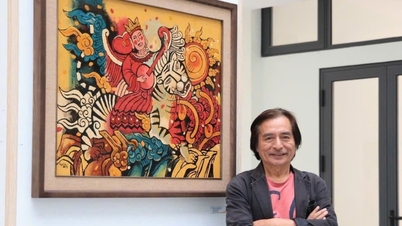




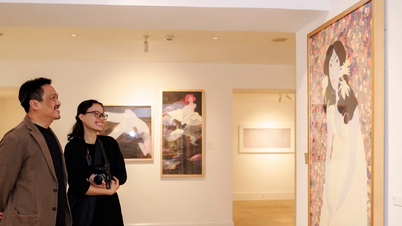



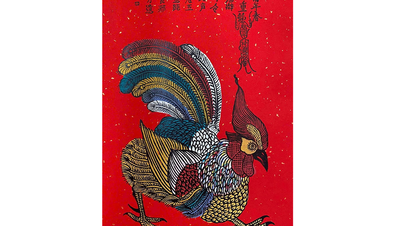
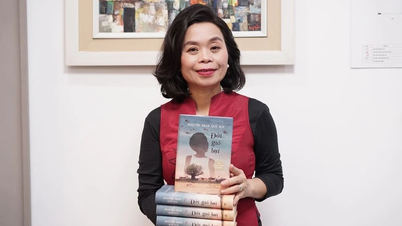

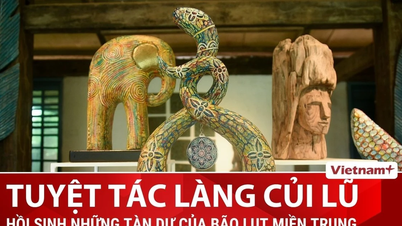


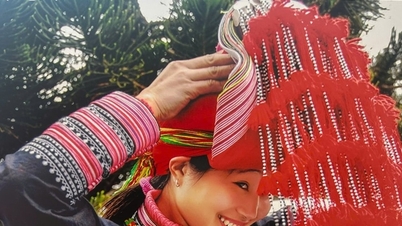

![[Video] Hue and Quang Ninh mark strong tourism growth](https://vphoto.vietnam.vn/thumb/402x226/vietnam/resource/IMAGE/2025/12/12/1765555481742_dung00-22-16-02still007-jpg.webp)




















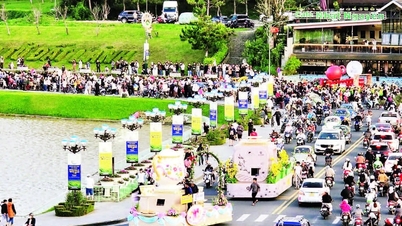

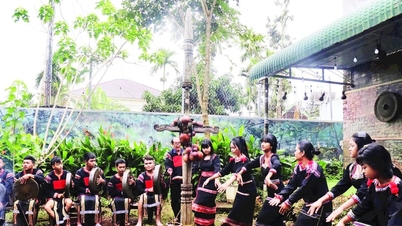











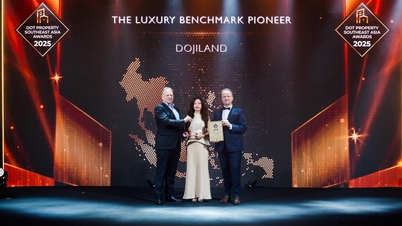
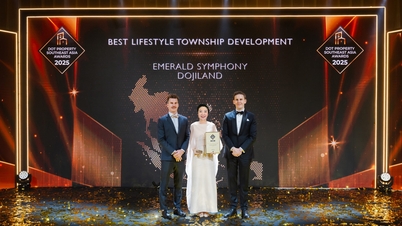




























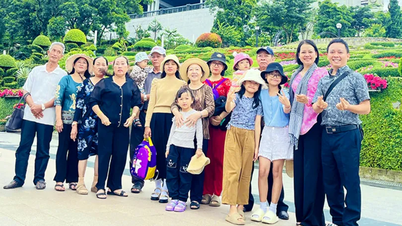


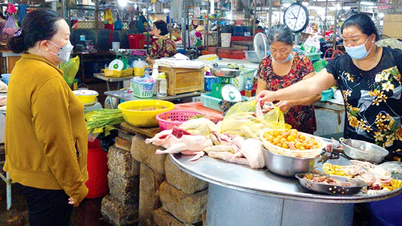



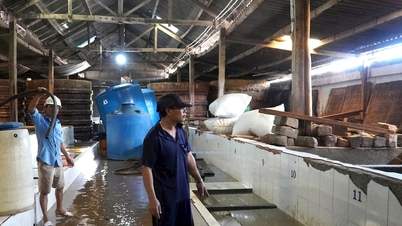













Comment (0)